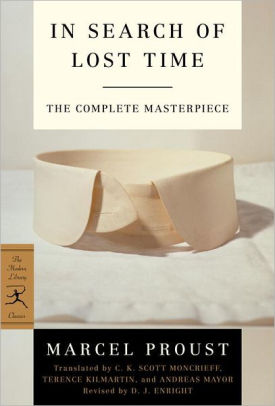| First posted 6/16/2020. |
 |
Bridge to TerabithiaKatherine Paterson
|
|
First Publication: October 21, 1977 Category: children’s novel Sales: 4.24 million |
Accolades: |
|
About the Book: Surprisingly few Newbery winning books have been made into movies. The Bridge to Terabithia is one of them. The 2007 Disney movie tweaked the original story. In the book, 10-year-old Jess and his friend Leslie imagine Terabithia as a kingdom in the woods. The book, however, does little to detail that kingdom while the movie makes it into a more visual, seemingly real place. The general argument is always supposed to be that the book is better than the movie. However, the book-version of Terabithia leaves something to be desired. There are relatively few scenes which let the reader get any sense of just how magical Terabithia is. I was left wanting full-fledged chapters about the kids' imaginary adventures but got little more than a few paragraphs sprinkled throughout the book. The movie, however, clearly builds on the fantasy element of Terabithia, as one can see in the trailer alone: As always, my point in reading the Newbery books (I'm up to 25 now) is to see what I can learn as a writer. What talents in storytelling and style and characterization can I bring to my own writing based on what these award-winning authors have done? My first lesson is to elaborate on where Paterson fell short. My in-progress Abigail's Atlantis relies heavily on making Atlantis feel like a very real place and that requires enveloping a reader in caring about what it looks like and what happens there. I didn't get that with Terabithia. On the other hand, the story is more about the friendship between Jess and Leslie. She enters Jess's life as the new girl from the city, a rival - the one person who can run faster. While no one else becomes friends with her, eventually she and Jess unite over their makeshift shed in the woods which they dub "Terabithia." It represents the imaginative and creative spirit which brings the two together as friends - and the place where Jess will go to deal with the tragedy at the climax of the book. On that note, Paterson does an excellent job of creating real characters which the reader cares about. I root for Jess and Leslie as the outsiders, the artists, the dreamers. I care about these characters in their real-world scenarios and the problems they faced. I just wish I could have fallen in love with the supposed-to-be-magical land of Terabithia which connected them to each other in the first place. Resources and Related Links: |















